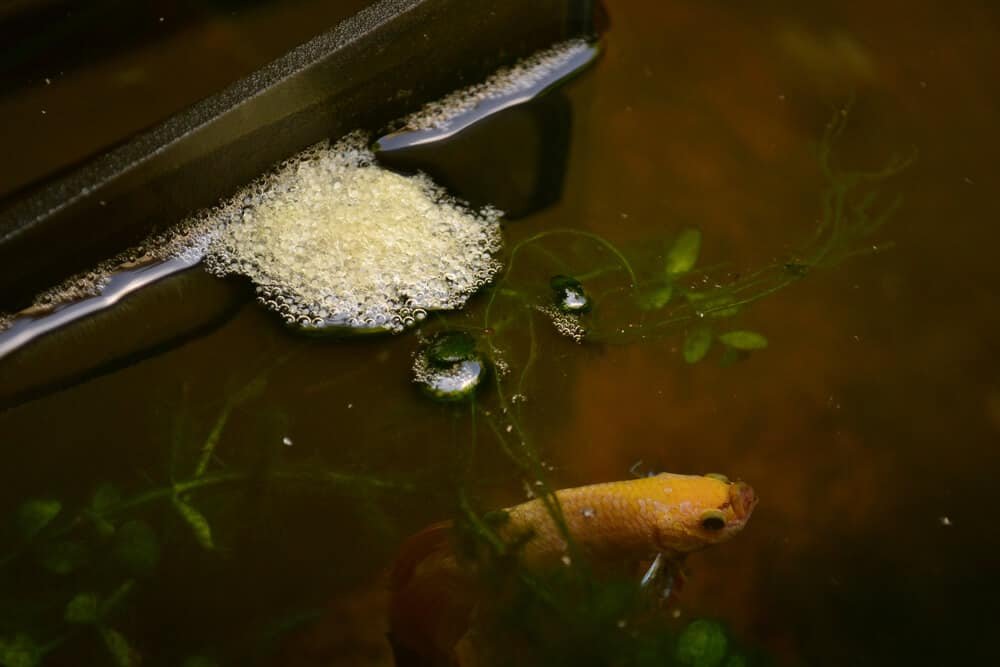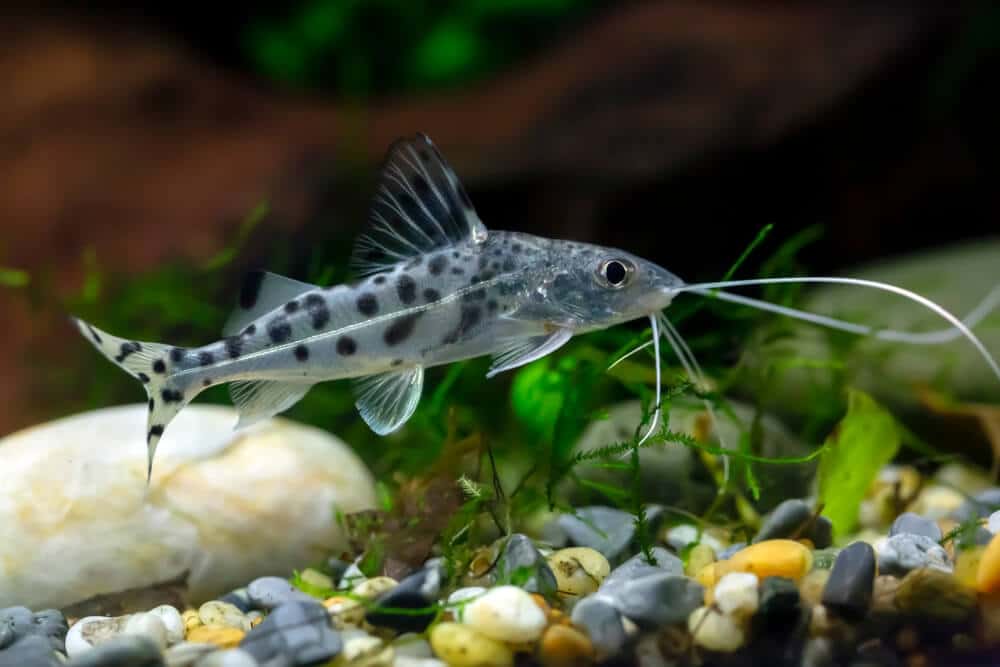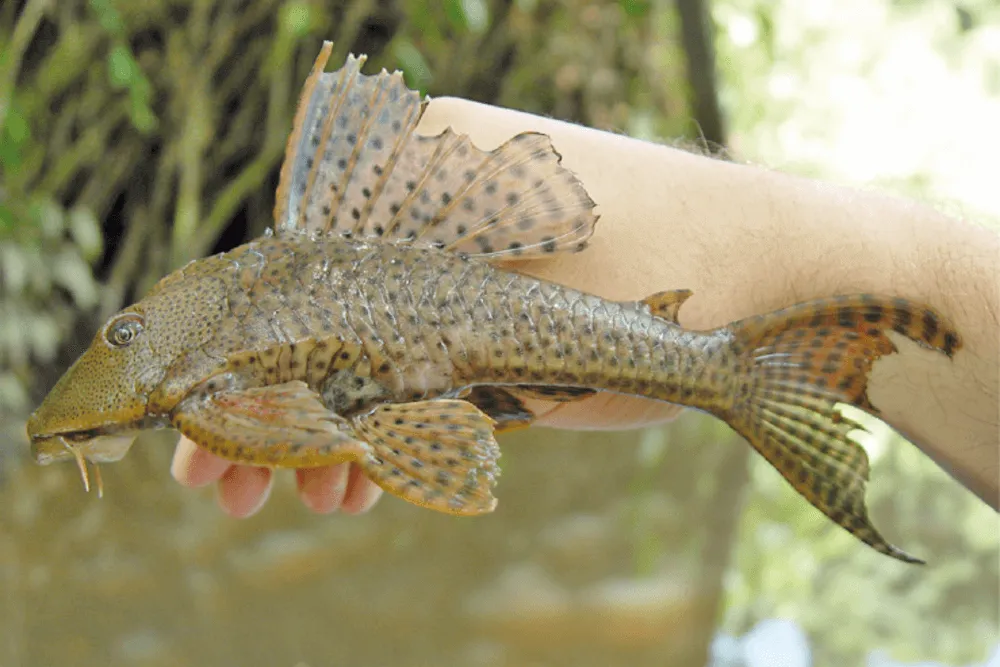Betta fishes are some of the most popular pets you can take care of at home. Maintenance is generally easy, and you can pick from a variety of vibrantly-colored Bettas, which really brightens up your tanks.
It’s no wonder why people start breeding them. If you’re planning to be a breeder as well, then this article is for you.
While Bettas are generally easy to manage, it’s still important to know how to properly handle the breeding process of these wonderful fishes, and it starts with the eggs.
So, how do you know if your Betta eggs are fertilized? Below are signs to look out for:
Gray Spots
While it’s hard for neophyte breeders to identify a fertilized egg from an unfertilized one, an untrained eye will get used in distinguishing the eggs when they focus on their color as they mature.
One of the most clear ways to know if an egg is fertilized is to check for gray spots. Fertilized eggs will have a tint of gray in the middle part.
As they grow, you’ll see more gray in the eggs, and it’s an indicator that these eggs are fertilized.
Some gray spots get darker and become black, but it’s not a sign you have to worry about. Dark spots are normal, and it means that the egg is still fertile.
Shades Of Brown And Yellow
The first signs to look out for are gray spots in the eggs, but as they mature, you’ll start to notice that they develop more color.
When they turn into shades of brown and yellow, you know that these are fertile eggs. This happens when the eggs are close to hatching.
You’ll start noticing a white yolk sac and even a small fish inside. Bettas hatch fast, so the change in colors happens within the first 1-2 day/s.
Make sure that you keep on the lookout and see for yourself if the eggs are indeed changing shades to ensure that they’re fertilized.
Slight Growth
We all know how tiny Bettas are, especially the eggs. But even if these eggs are tiny, your eyes can be practiced to see the slight growth that happens when Betta eggs mature.
Yes, they may not grow immensely, but they do become bigger as they mature. When identifying if you have unfertilized eggs or not, you have to closely inspect for slight changes in size.
Bettas hatch quickly, so the changes happening with the eggs happen fast as well. Compare the size and look for changes in the shade as well.
The more you practice this, the better and quicker you become at distinguishing them.
Two Black Dots
The point when you start seeing two black dots is the time when you know that the eggs are thriving. This is the part where you can easily spot the fertilized ones from those that are not.
The two black dots are the eyes, and they become much more prominent the more they mature. Betta eggs are translucent, so it’s easy for you to spot these two black dots.
Signs Of An Embryo
Another clear indicator that the eggs are maturing is when you start seeing signs of an embryo. Embryos will form as the eggs mature.
They are very tiny though, so you’ll have to squint hard to see the details in the egg. Most of the time, you’ll first see a faint outline of a fish forming inside.
They’re translucent with a tint of yellow and brown, but the clearest sign is the two dots, which are the eyes.
Three-Day Hatching Period
When you want to know if the eggs are fertilized, take note of the time when your Betta fish laid the eggs.
Betta eggs typically hatch within 3 days, so from the moment your Betta laid eggs, you’ll start to see progress as the eggs mature. However, the hatching time can be disrupted.
At times, other factors come into play, which affect the eggs drastically. This includes the water quality, temperature, and the specie of your Betta.
There are different kinds of Bettas, so know their specific names to accurately identify their hatching time better.
Take note that warmer temperatures make the eggs develop quicker, and some even hatch within 24 hours. So, don’t forget to check every day and provide food for the fry.
Male Bettas Caring For The Eggs
If you start seeing the male Bettas taking care of the eggs, you’ll know that these are fertilized and must be handled with care.
Male Bettas will also eat the ones which are not fertilized or the damaged ones. Keep note though that Male Bettas can easily get spooked and stressed out.
You don’t want them to feel stressed because they’ll start eating the fertilized ones as well. When checking on the Male Bettas, make sure that you don’t make too much noise.
Ensure that the environment is serene since a peaceful atmosphere is crucial in keeping the Male Bettas from eating all of the eggs.
What Do Unfertilized Betta Eggs Look Like?
Now that you’re aware of the signs that indicate your Betta eggs are fertilized, how do you know what an unfertilized egg looks like? To make it easier for you, you’ll only have to look for a few differences.
At first, all of the eggs look the same, but as time goes by, you’ll start to notice some fuzziness in some eggs.
The fuzzy film that wraps around the eggs indicates that they’re unfertilized. They also stay white and no signs of growth are observed as well.
Conclusion
The ones mentioned above are some of the clearest indicators when you want to know if your Betta eggs are fertilized or not.
Breeding Bettas is a joy for many, and no matter if you’re an expert at Betta breeding or not, it’s important to note that taking care of them as best as we can is the key to breeding healthy and happy Bettas.
Knowing how to identify fertilized eggs from those that aren’t is a great start.
In this way, you’re assured that from the moment your Bettas are laid until they hatch, you know that you’re treating them right and providing them with the best care possible.







